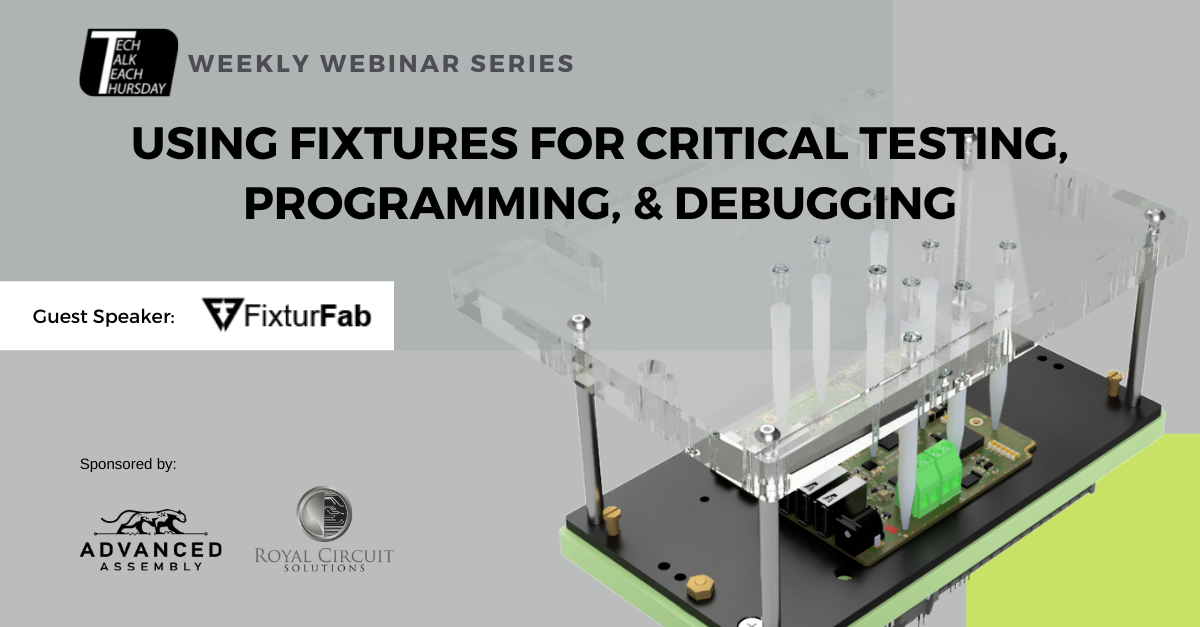Series Introduction
Engineers have trouble appreciating what is happening in the spaces surrounding their traces, and I believe this is because schools teach engineers an inaccurate charge flow model. In the last blog series, we looked at the Drude model of charge flow. In this article, we revisit the concept of Energy. This article is one in a long series that attempts to break down physics misconceptions from High School and Undergraduate Physics and build up new models of charge flow.
If you have questions or comments as we go through this article series, please feel free to interact in the forums over at TeachMePCB.com.
Blog #1 - Repeat after me: "That doesn't make any sense"
______ __ ___ _______ __ __ ____.
I guess that most readers’ answers are exactly seven words long. And if you fall into that category, I have a second question for you. How does your answer apply to electronic circuits? The most common answer to the question “What is Energy” is “Energy is the ability to do work.” That’s fine if you’re using an engine to lift an elevator. But beyond simple machines, the answer is problematic because “the ability to do work” is conceptually meaningless in a wide variety of circumstances and largely incorrect1.Do you understand the concept, or did you just recite the mantra?
Energy is one of the most difficult subjects to teach. It is an abstract concept that is utterly unrelated to the realities any high school or college student has experienced to date.
Students learn the non-technical definitions of many necessary technical terms years before learning the technical definitions. For example, people “go to work” for several hours a day to earn money, and they “wake up with energy” each morning and “run out of energy” at the end of the day.
Instructors must overcome the preconceptions students bring to the classroom, and those preconceptions, combined with the abstract nature of the topic, are a major obstacle to instruction.
To overcome a preconception, you need to understand what you do not understand about the previous model and build a new one from the ground up.
Typical Mode of Instruction
Most textbooks begin the subject with the statement, “Energy is the ability to do work!”
In my experience as a teacher-trainer, instructors usually follow the textbook’s presentation of a subject. You can walk into most classrooms and hear instructors state, “Energy is the ability to do work!” as the first foundational axiom to build all future knowledge.
Later in the lesson, the instructor will ask a student, “What is Energy?” and the student will parrot back the response, “the ability to do work!”
The student learns to repeat the desired answer without ever understanding what they are saying. That’s fine for facts but a lousy way to learn concepts. And since most engineers are good students, two or three decades after their last physics class, you can ask an engineer the question “What is Energy?” and they will dutifully report, “Energy is the ability to do work!”
There might be one or two students a year who can see a deeper meaning, but that is usually because their parents are in the STEM fields and have preloaded them with several necessary ideas. Most of the students take notes, nod their heads in agreement, and get lost in the equations. They repeat by rote, not from understanding. As an instructor, I never saw the light of realization in my students’ eyes using this approach.
After just two years of teaching physics the way the textbook suggested, I assumed the issue was me and tried to introduce the concept with greater enthusiasm, brighter colors on the whiteboard, and more audio/video assets. Sadly, by year four or so, I discovered that no number of lecture demonstrations, no video, no reading, and no amount of eloquence would help students to grasp this abstract concept in the way the textbook proposed I teach it. I could, of course, teach them how to manipulate equations, but any definition of Energy beyond “the ability to do work!” was impossible. I decided the problem wasn’t necessarily with how well I presented the content from the textbook but with the textbook itself.
Dennis the Menace
The next approach I took was to teach the concept of Energy the way Richard Feynman does in his “Feynman Lectures on Physics”.2 Feynman introduces the concept of Energy as a brilliant allegory, equating the units of Energy as a set of indestructible blocks a small child plays with that sometimes raise the level of water in a bathtub or increase the weight of a toy box. It’s a beautiful story that builds up many major concepts, including the conservation of Energy. Feynman concludes the story by stating emphatically, “there are no blocks,” and then begins discussing other interesting topics on the subject.3
Following the lesson in Feynman’s lecture on physics, especially when complemented with simple demonstrations of what is taking place in the story, captures many more students, perhaps a third to a half of the class – a huge improvement over the previous method of teaching.
Unfortunately, I found that if I asked those same students a few years later, “what is Energy” they’ll start with something along the lines of “well, you see, there are these blocks, right? And you put them in water and….” I wasn’t sure if I taught them what Energy was or an entertaining story to parrot back to me. And ultimately, students who struggle with abstract reasoning spend all of their mental Energy envisioning the examples. They don’t appear to have the ability to generalize the metaphor to the greater world.
Metaphors and allegories are only useful as mental stepping stones. If the height of the step is too low or too high, or even in the wrong direction, it does no good to use it as a teaching tool.
In the next article in this series, we will look at how I started to teach the concept of Energy towards the end of my teaching career.
Continue on to the next blog here.
“Energy is Not the Ability to do Work” Lehrman, Robert L., Physics Teacher, 11, 1, 15-18, Jan 73
https://www.feynmanlectures.caltech.edu/I_04.html
If you understand the concept of conservation of energy, I encourage you to read Feynman’s description, as it is beautiful in its eloquence.



